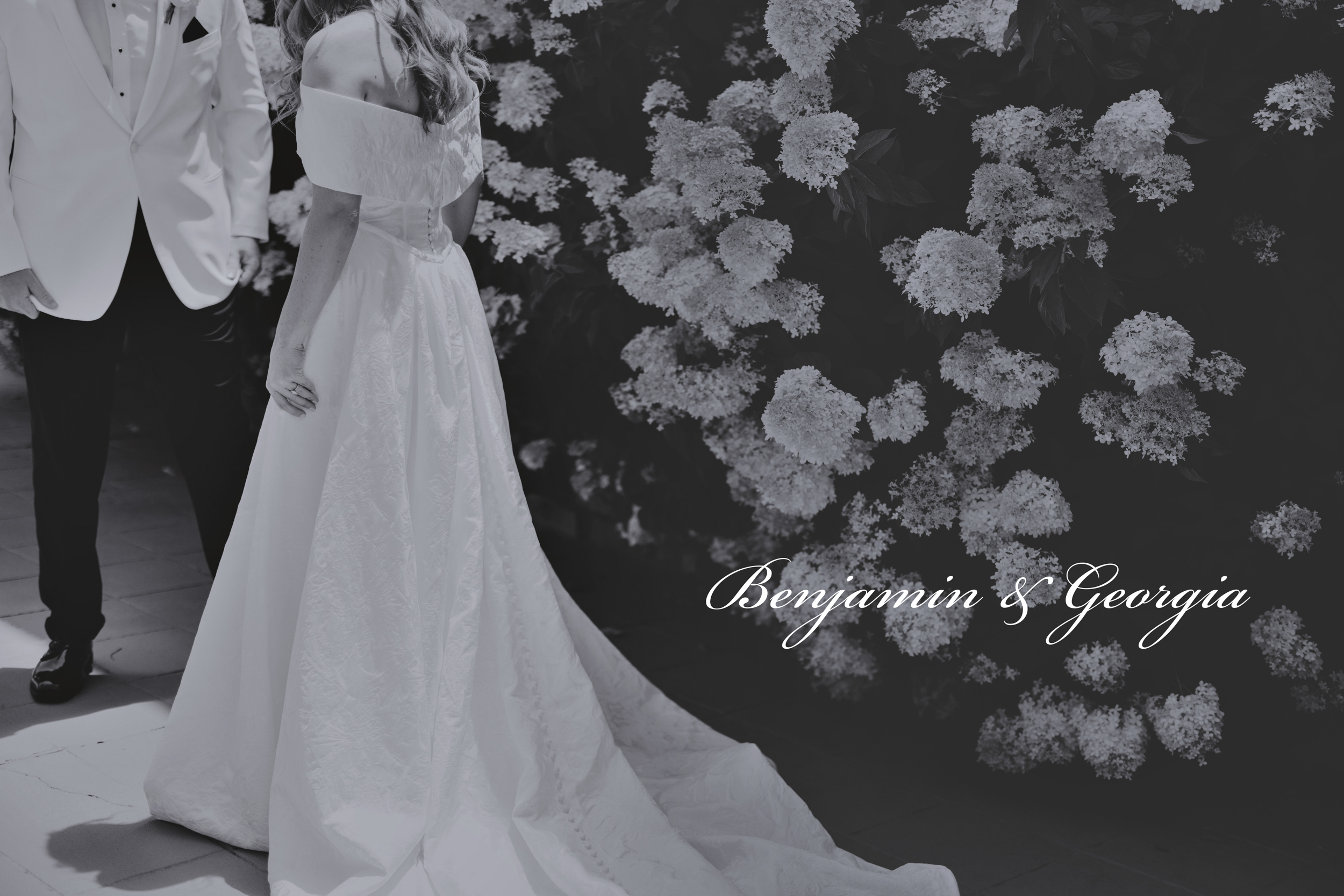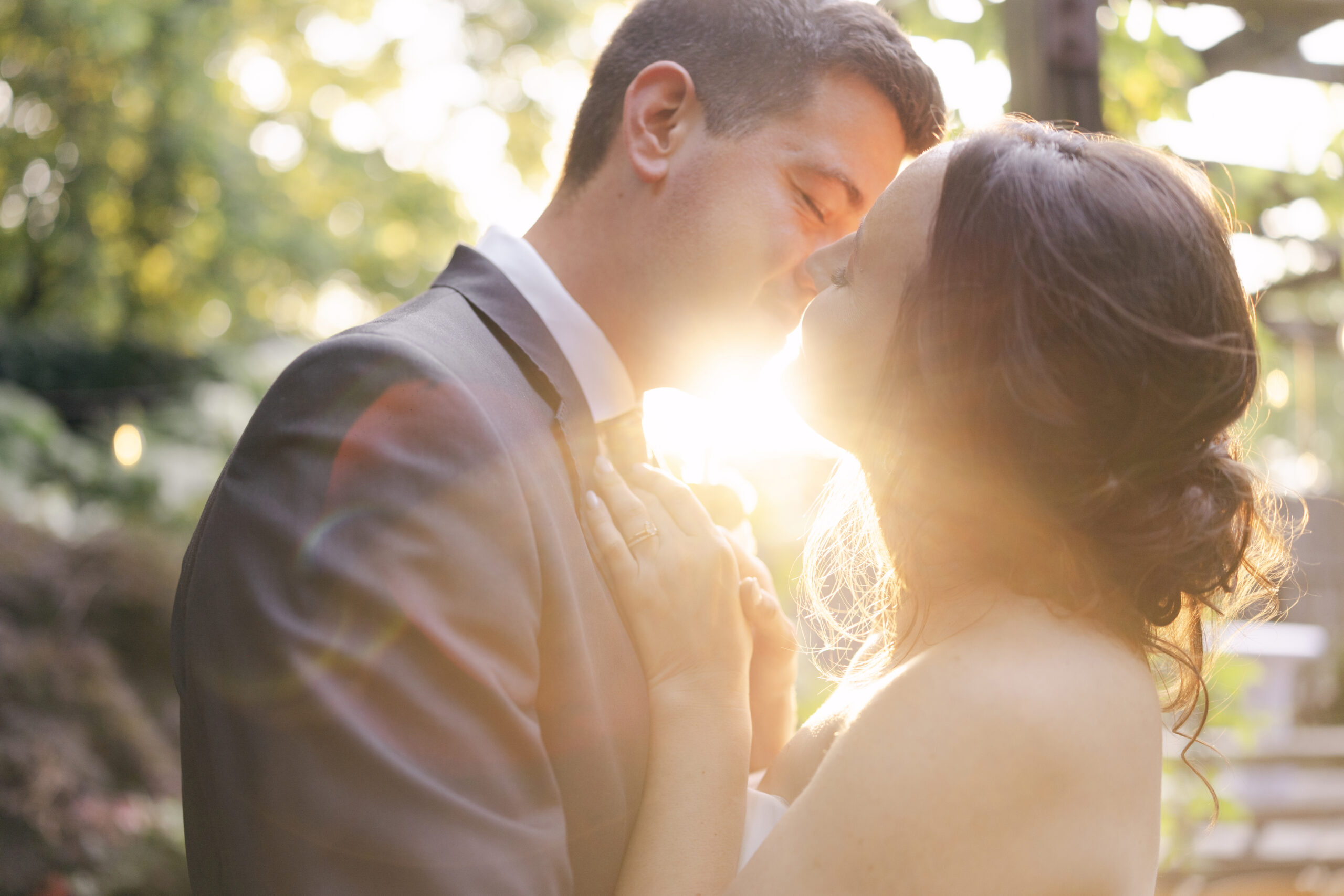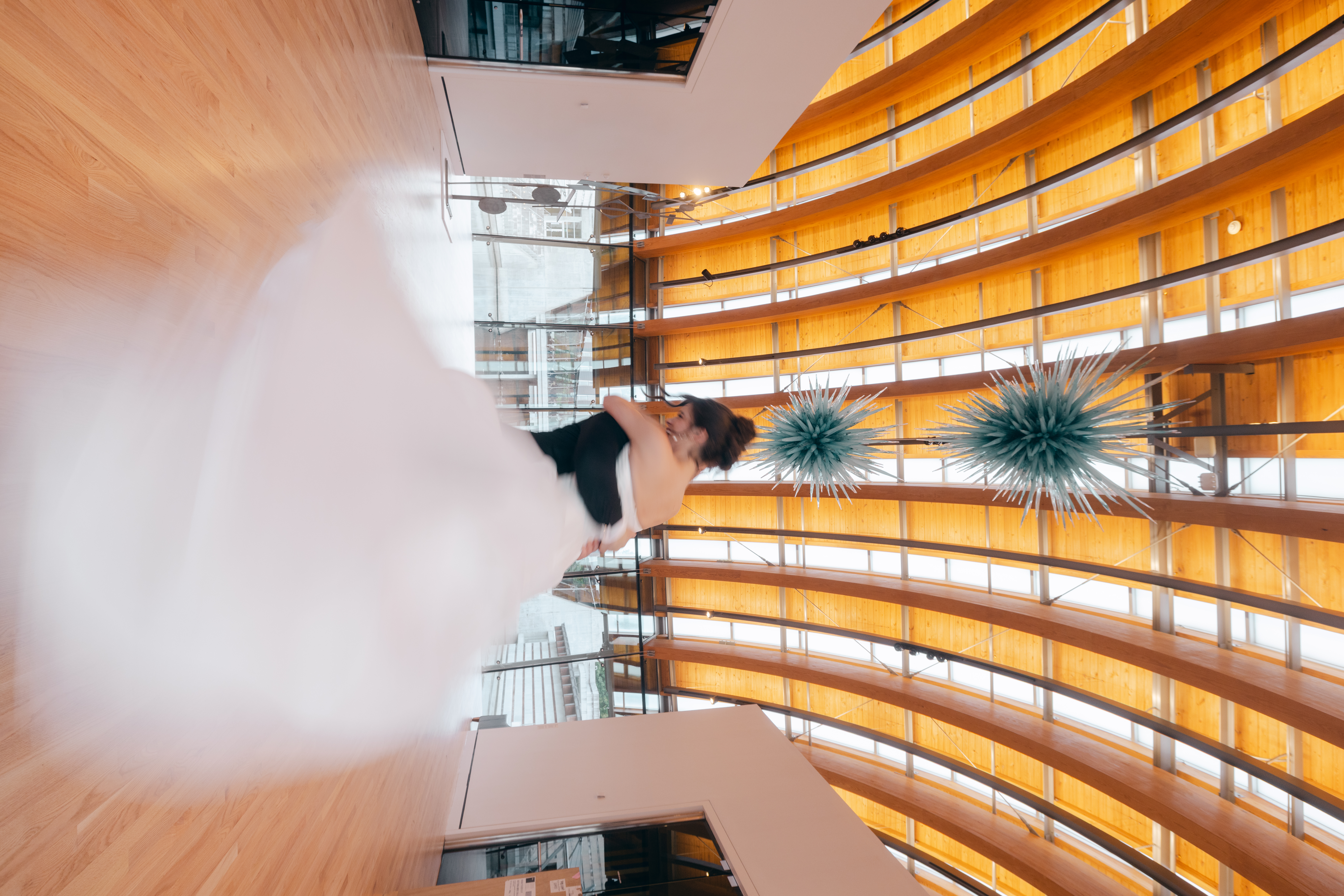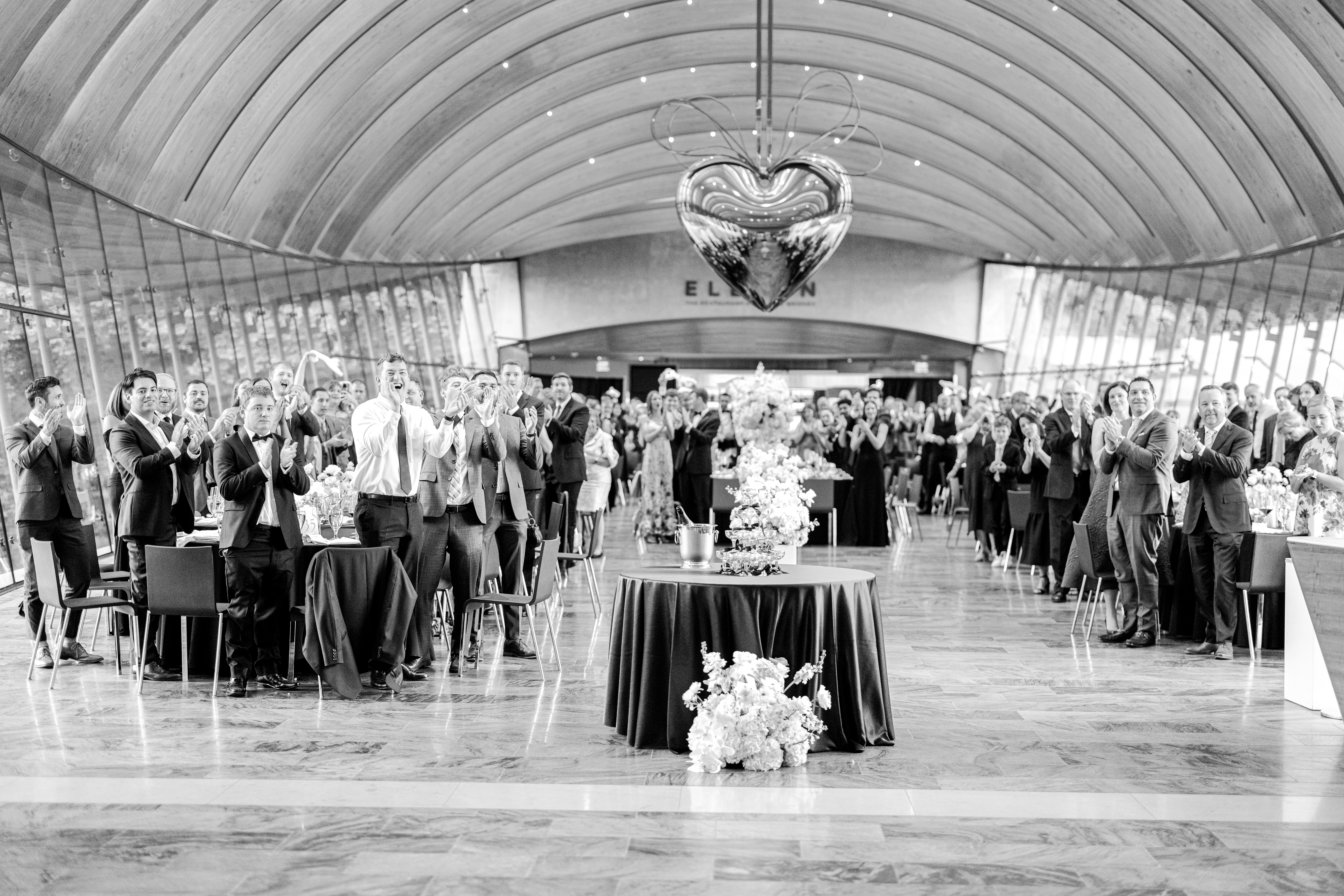Today I want to spill all my secrets about photo editing best practices. For all you photographers out there, listen up! I hope you use these tips and tricks to refine your processes, improve your workflow, and edit photos better.
If you’re not a professional photographer, a lot of these photo editing best practices will work for you, too!
Why Am I Sharing All My Photo Editing Best Practices?
You might be asking why a professional photographer is spilling all his secrets about photo editing. Won’t other photographers steal this workflow and be able to offer better photos more quickly? Well, that’s exactly what I hope will happen!
I’ve been a firm believer for my entire career that a rising tide raises all ships. If we as professional photographers connect, communicate, and collaborate we can all improve and deliver a better product to our clients.
It’s not all one-sided; I benefit from this as well. Over the years, I have heard so many nightmare stories about wedding photographers losing images, taking 6 months or more to deliver images, or delivering images that are unexpected poor quality. That makes the entire industry look bad. I want to change that. We should be charging what we are worth, and delivering an end-product our clients deserve.
Let’s Start with the Basic Photo Editing Best Practices Workflow
From a bird’s eye view, my workflow is only 6 steps. The hardest part about this photo editing process is having the discipline to always do these steps in this order, and to not wait to start step one. It’s when you deviate from this process or get complacent or lazy that errors happen. Errors equal missed or lost images, which damage your reputation (and the reputation of wedding photography as a whole.
Step 1: Securing Your Digital Files
After a wedding or photo shoot, download your cards and back them up immediately. You would think this would go without saying, but it must be said. This is the step that most photographers get lazy and don’t do. Feeling worn out after a 10-hour wedding day, the last thing we want to do is work more. However, it’s important to complete this step right away. I download to my external hard drive, and also upload my raw files to Zenfolio.com for peace of mind. If you’re not a Zenfolio member, you can sign up with code “dalesazenny” for a discount. And you should.

Step 2: Cull your images.
There are multiple ways to do this, but I’ll give you my best practice on culling images. First off, culling is the act of selecting your “keeper” images and discarding the rest. I never delete images from my backup folders, which I store both on an external hard drive and online (per step 1). However, I don’t deliver every image to the client. Some images might have improper exposure, be soft or out of focus, or my subject might be making a weird face or have closed eyes, etc.
To cull images, I use a program called Photo Mechanic. I’ve been using this product for a decade or so because to me it’s the best tool for the job. Others have come and gone, but Photo Mechanic has withstood the test of time as being the industry standard in culling (aka: selecting) images.
I have two Photo Mechanic tips for you: 1) edit IN your photos, don’t edit OUT. By selecting less photos, you have fewer to edit and have fewer to overwhelm your client. I typically choose the best 1-2 from a series. My other tip is to start at the end and go backward. Usually when you shoot, if you shoot a series of shots until you get THE shot, then selecting in reverse will save you a lot of time.
Step 3: Tone and straighten your images.
This is where most photographers and I disagree on workflow. My workflow hasn’t changed much in 10 years (“if it ain’t broke…”), and 10 years ago Lightroom (LR) wasn’t the powerhouse it is today. So, I don’t typically use Adobe Lightroom in my wedding workflow.
Instead, I use Adobe Camera Raw (ACR) built into Adobe Bridge and Photoshop. The functions of ACR are very similar to LR and because the interface is so easy for me, I’ve always kept with ACR. I even have the ability to use LR presets in ACR, so incorporating stylized looks is as easy as 1-button click.
So, step 3 is to load all my culled keepers into ACR to tone and straighten. I have a preset I developed for all my wedding images (I’ve been thinking about selling this preset to other photographers but as of now, I’m not). After applying this preset to all my images, I quickly run through them and adjust for density (brightness) and temperature (color). The rest is built in to my preset: sharpening, saturation, hues, color balances, contrast, etc.
The other part of this step is to straighten and crop as needed. ACR makes this very quick and very easy. This is the step when I crop out unnecessary or distracting elements, if needed.
Step 4: Deep edit your images.
Now we are back on track with what most photographers do in their Photo Editing Best Practices. I use Adobe Photoshop (PS) to apply deep edits to my images. What is considered a “deep edit?”
The following all fall into deep edits, and are used on an as-needed basis: clone and healing (to edit out distracting elements like hair flyaways, stop signs, etc), liquify (for any reshaping), and skin smoothing. This is also the step where I perform on-the-spot sharpens.
I hope to, in time, have tutorials available to you on each of these processes. They’re all crucial to a “finished” image and final product.
Step 5: Batch rename and categorize your images.
Batch renaming is very simple in ACR, and fairly simple in LR (though LR requires you to export your edits). Having a consistent naming convention is smart (though not crucial) to your workflow and future search. For example, I used DATE-LOCATION-BridesLastName-SERIALNUMBER.extension. That way I can quickly find any image in my catalog. Again, that’s just best practice.
Step 6: Backup, upload, and release your images.
This strategy isn’t rocket science. These photo editing best practices actually follow a pretty logical flow. The hard part, again, is being disciplined in the process. Be diligent in your selections and edits, and don’t cut corners. When steps are dropped, quality goes down. Not only does your clients suffer from that laziness, but your brand does as well. You want to be the photographer that your clients rave about, right? It’s all right here. Treat them well, put our a beautiful product quickly, and they’ll be fans for life.
Talk to you soon,
Dale





Read the Comments +